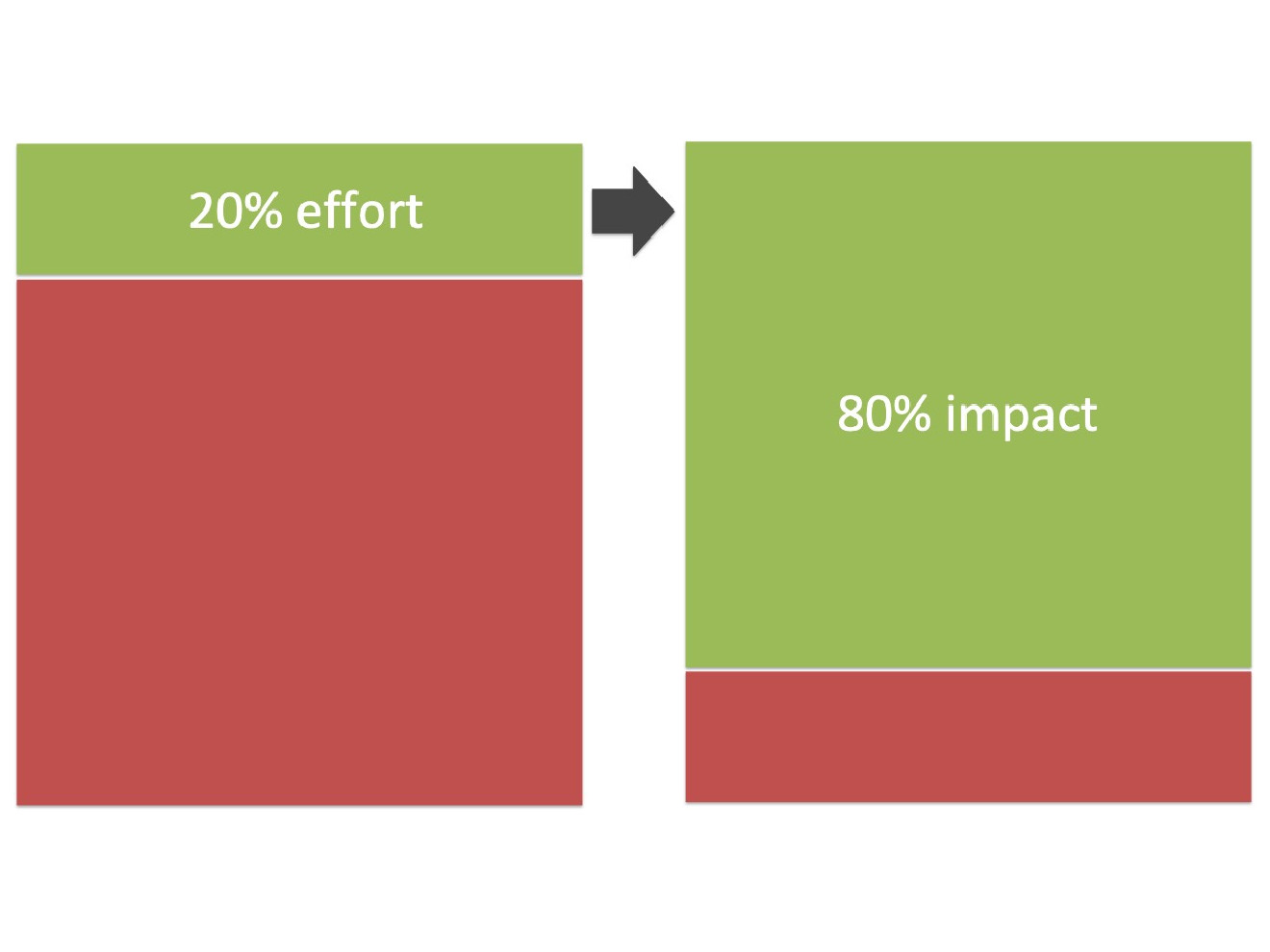Time Management - Use the Pareto Principle to Prioritise Your Priorities

Time management – use the Pareto Principle to prioritise your priorities
Time is often what we want more of, yet it is often the thing that slips through our fingers the quickest. We are often told that time is money. Customers seem to want things yesterday. Our bosses often want more from less.
So how do we cope? When everything seems to be a priority, how do we prioritise what needs to be done first? This blog article answers this question, by applying the Pareto Principle to time management.
(If you would prefer to watch or listen to this blog instead of reading, please view this video.)
First of all, what is the Pareto Principle?
This is a way of thinking that is attributed to Vilfredo Pareto. He was a polymath who trained in mathematics and physics and lived from 15 July 1848 to 19 August 1923. He introduced the concept of 80:20 thinking in terms of wealth distribution, claiming that 80% of the world’s wealth is owned by 20% of the world’s population.
Since then, using the Pareto Principle has been adopted in business and in many other walks of life. Here are some examples:
- You may wear 20% of the clothes that you have in your wardrobe 80% of the time.
- Perhaps you use 20% of the available programmes on your washing machine 80% of the time.
- Maybe 20% of your customers provide you with 80% of your company's revenue.
- Or 20% of your team members give you 80% of your problems.
It’s important to remember that the Pareto Principle is a rule of thumb rather than an exact science. It’s a mindset—a useful way to focus on impact. The Pareto Principle is widely used amongst our manufacturing clients when problem solving and by our retail clients when analysing customer behaviours.
So how can the Pareto Principle be applied to time management and prioritisation?
Imagine that you have 100 tasks to complete. Now ask yourself: “Where will I begin?” One option might be to start at the top of your to-do list and work your way down. But how would this address urgency and importance?
Using the Pareto Principle, you can focus by asking: “Which 20% of my tasks will give me 80% of the impact I need?” Or even: “What 20% of effort will give me 80% of the outcome?”
This shift in focus will help you prioritise what matters most and avoid spending time on low-impact distractions. Remember: being busy is not the same as being productive.
You may want to share your priorities with your manager to ensure alignment. But the Pareto Principle offers a structured way to focus your efforts where they really count—on the things you'll be judged on.
Try it. What have you got to lose? You’ve got valuable time to gain.
Paul Beesley
Director and senior consultant,
Beyond Theory

